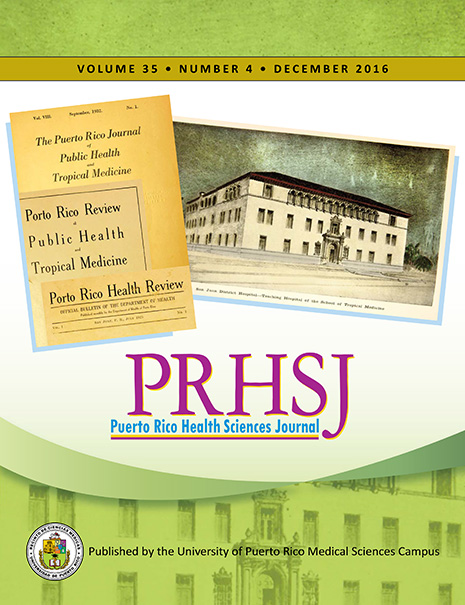Abstract
Objective: To evaluate the efficacy of dexmedetomidine in preventing catheterrelated bladder discomfort (CRBD) in a postanesthesia care unit (PACU). Methods: A total of 138 consecutive adult male patients, classified by the American Society of Anesthesiologists (ASA) as ASA class I and ASA class II, were scheduled for elective open upper-middle abdominal surgery. They were randomized into 2 groups, C and D, comprising 69 patients each. Group C was given a saline solution as placebo, and group D received dexmedetomidine. Either placebo or drug was administered intravenously at 0.5 μg/kg as each patient’s abdomen was being closed. After induction of anesthesia, each patient was catheterized with a 16F Foley catheter and the balloon inflated with 10 mL of distilled water. In the PACU, the incidence and severity (mild, moderate, or severe) of CRBD were assessed 0, 1, 2, and 6 hours after extubation. Postoperative pain (numeric rating scale) and sedation level (Ramsay score) were also assessed at the same time points. The incidence of adverse clinical events after the injection of dexmedetomidine or placebo was monitored. Results: Measured at 0, 1, 2, and 6 hours after extubation, the incidence and severity of CRBD in postoperative group D were significantly reduced compared with those of group C (p<0.01). Dexmedetomidine also helped to relieve postoperative pain and induce deeper sedation 0 and 1 hour after extubation (p<0.05). No significant differences in adverse events other than bradycardia and hypotension were observed in group D (p<0.05). Conclusion: Dexmedetomidine (0.5 μg/kg IV) administration during surgery reduced the incidence and severity of CRBD in the PACU without causing significant side effects.
Authors who publish with this journal agree to the following terms:
a. Authors retain copyright and grant the journal right of first publication with the work simultaneously licensed under a Creative Commons Attribution License that allows others to share the work with an acknowledgement of the work's authorship and initial publication in this journal.
b. Authors are able to enter into separate, additional contractual arrangements for the non-exclusive distribution of the journal's published version of the work (e.g., post it to an institutional repository or publish it in a book), with an acknowledgement of its initial publication in this journal.
c. Authors are permitted and encouraged to post their work online (e.g., in institutional repositories or on their website) prior to and during the submission process, as it can lead to productive exchanges, as well as earlier and greater citation of published work (See The Effect of Open Access).
